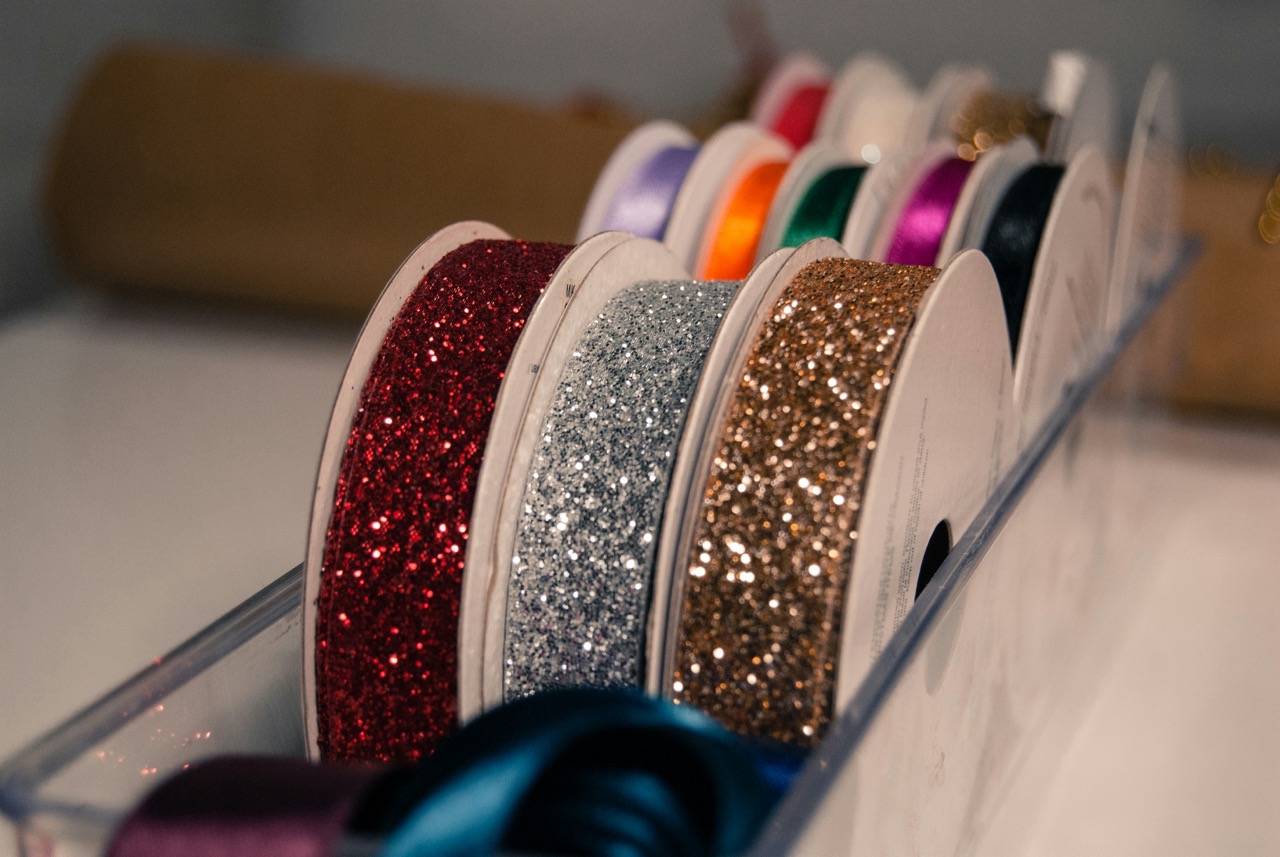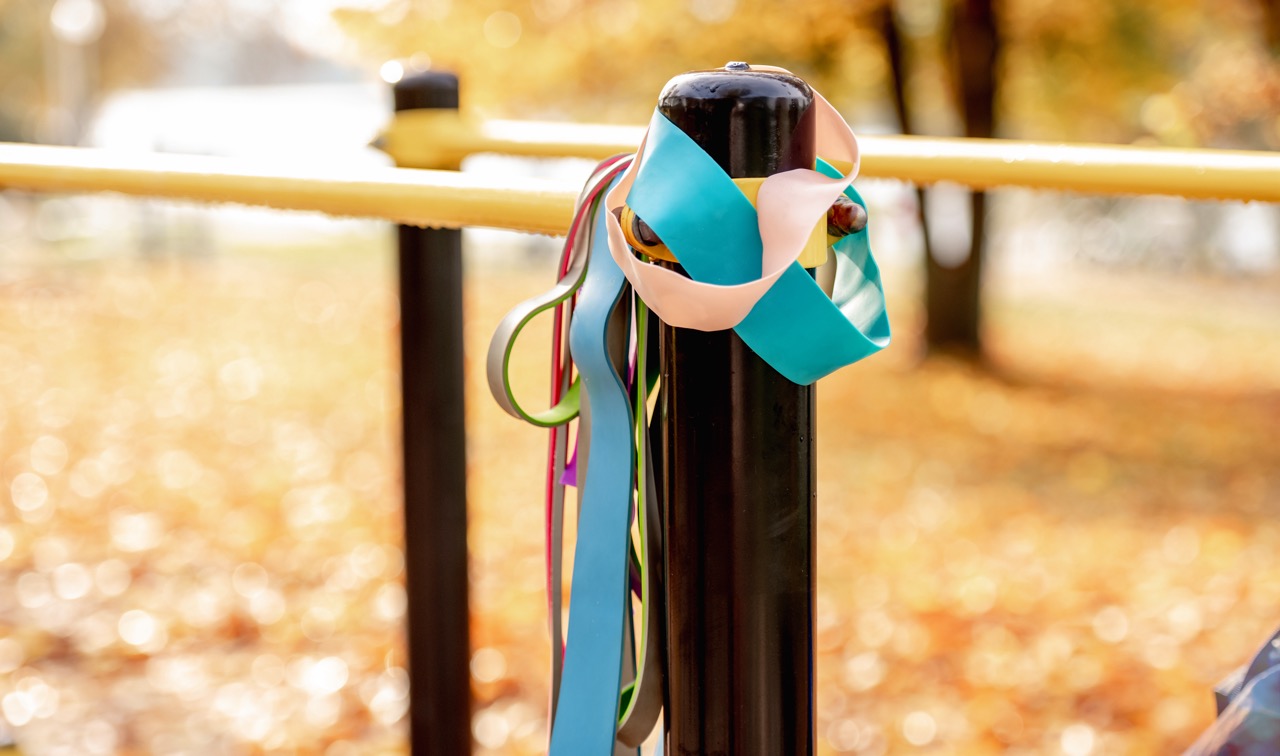In the world of floral arrangements, few creations capture the heart quite like a ribbon-wrapped flower bouquet. These elegant displays not only showcase the beauty of flowers but also intertwine artistry and emotion, making them a beloved choice for various occasions. Whether you’re preparing for a wedding, celebrating a birthday, or simply brightening a friend’s day, a ribbon-wrapped bouquet serves as a lasting expression of love and creativity. In this article, we will explore the art and technique behind creating stunning ribbon-wrapped bouquets, from selecting the perfect blooms to personalizing your creation with decorative elements.
Creating a ribbon-wrapped flower bouquet is a delicate dance of design and technique. It combines the natural beauty of flowers with the charm of ribbons, weaving together a vision that can transform any space. The act of wrapping flowers is not just a finishing touch; it enhances their visual appeal while providing a sense of cohesion and elegance. As you delve into this art form, you’ll discover how a simple ribbon can elevate your floral arrangements, creating a stunning focal point that captivates the eye.
The Art of Ribbon-Wrapped Flower Bouquets Explained
Ribbon-wrapped flower bouquets embody a unique blend of floral artistry and craftsmanship. The process involves not only selecting the right flowers but also understanding the aesthetics of ribbon selection and wrapping techniques. Each bouquet tells a story, reflecting the personality of the creator and the sentiments behind the gift. The beauty of this art comes from the ability to tailor each bouquet to suit the mood and occasion, allowing for infinite possibilities in design.
Moreover, ribbon-wrapped bouquets offer a tactile experience that enhances their visual appeal. The smoothness of the ribbon against the vibrant colors and textures of the flowers creates a sensory delight. The choice of wrapping style can also convey different emotions—whether it is a loose, whimsical wrap for a casual gathering or a tighter, more structured wrap for formal events. Understanding the nuances of this art can help anyone create bouquets that are not only visually striking but also deeply meaningful.
Choosing the Perfect Flowers for Your Bouquet Design
When it comes to crafting a ribbon-wrapped bouquet, selecting the right flowers is paramount. Consider the occasion, the preferences of the recipient, and even the season when choosing your blooms. Popular choices include classic roses for romance, lilies for sophistication, and daisies for a touch of playfulness. Each flower carries its own symbolism and emotional weight, which can enhance the meaning behind your bouquet.
In addition to the flowers’ emotional significance, their color, size, and shape should complement each other harmoniously. A well-balanced bouquet often features a mix of textures and forms, creating visual interest. For example, pairing the soft petals of peonies with the sleekness of tulips can add depth and variety. Understanding flower compatibility will help you create a bouquet that is not only beautiful but also cohesive in its design.
Exploring Different Types of Ribbons for Bouquets
The choice of ribbon can dramatically influence the overall aesthetic of a flower bouquet. Various types of ribbons— satin, organza, burlap, and even lace—each bring their unique texture and color palette to the arrangement. Satin ribbons, known for their luxurious sheen, are ideal for formal bouquets, while rustic burlap or twine offers a charming, natural touch for earthy-themed arrangements.
When selecting a ribbon, consider its width and durability as well. Thicker ribbons can provide a bold statement, while thinner ribbons may offer a more delicate look. Additionally, the finish—glossy or matte—can affect how the ribbon interacts with light and complements the flowers. By exploring these different types of ribbons, you can select the perfect one that aligns with your bouquet’s theme and enhances its beauty.
Step-by-Step Guide to Wrapping Flowers with Ribbon
Wrapping flowers with ribbon is a rewarding process that allows for creativity and personal expression. Begin by cutting your flower stems at an angle to promote better water absorption. Gather your chosen flowers in one hand, arranging them as you desire, then take your ribbon and start wrapping at the base of the stems. Keep the ribbon taut but not overly tight, allowing for a comfortable grip.
As you wrap, consider using a contrasting or complementary color to the flowers to create visual interest. Once you reach the desired length, secure the ribbon with a knot or a decorative bow at the base. You can also use floral wire or tape for added stability. Finally, trim any excess ribbon to ensure a polished finish. This step-by-step approach ensures that your ribbon-wrapped bouquet will not only look beautiful but also remain intact for the duration of its display.
How to Select Colors That Complement Your Flowers
Color plays a pivotal role in the visual impact of a ribbon-wrapped bouquet. When selecting ribbon colors, consider the hues of your flowers and the emotions you wish to convey. For instance, pairing bright, cheerful blooms with vibrant ribbons can evoke a sense of joy, while softer pastels can create an air of elegance and tranquility. Additionally, the choice of contrasting colors can make certain elements of the bouquet pop, drawing the eye to the flowers themselves.
To create a harmonious palette, utilize a color wheel as a guide. Complementary colors, which sit opposite each other on the wheel, can create striking visual contrasts. Analogous colors, which are next to each other, provide a more subtle and cohesive look. By selecting ribbon colors that enhance the beauty of your flowers, you can elevate your bouquet from simple to spectacular, ensuring it captures attention and admiration.
Creative Twists: Unique Techniques for Wrapping
While traditional ribbon-wrapping techniques yield beautiful results, experimenting with unique methods can add a personal touch to your bouquet. One creative approach is to use multiple ribbons in varying widths and textures, wrapping them together for a layered effect. This not only creates depth but also allows for a playful mix of colors that can reflect the recipient’s personality.
Another innovative technique involves creating intricate bows or loops that can hang off the bouquet, adding an element of surprise. You might also consider wrapping the ribbon in a spiral pattern around the stems, or even weaving it through the flowers themselves to create a more integrated look. The key to these unique techniques is to maintain balance and cohesion, ensuring that the bouquet remains visually appealing while showcasing your individual flair.
Adding Personal Touches with Decorative Elements
Incorporating personal touches into your ribbon-wrapped bouquet can elevate it from a simple gift to a heartfelt gesture. Consider adding decorative elements such as charms, beads, or even handwritten notes that resonate with the recipient. These small tokens can carry significant meaning, making the bouquet a treasured keepsake.
Additionally, you might want to include elements that reflect the recipient’s interests or experiences, such as a ribbon with a special print or a flower that holds personal significance. This thoughtful approach will not only enhance the bouquet’s visual appeal but also demonstrate the care and intention behind your creation. Personalizing your bouquet adds a layer of depth, transforming it into a cherished memory that will be remembered long after the flowers have wilted.
Seasonally Inspired Ribbon-Wrapped Bouquet Ideas
Seasonality plays a crucial role in flower selection and bouquet design. Creating seasonal ribbon-wrapped bouquets can make your arrangements feel relevant and timely. For spring, consider bright blooms like tulips and daffodils paired with soft pastel ribbons, evoking the freshness of the season. In summer, opt for vibrant sunflowers wrapped in cheerful, sunny yellow ribbons to celebrate the warmth and abundance of nature.
In the fall, rich colors like deep reds and oranges can create a stunning visual impact when combined with earthy-toned ribbons or twine. Winter bouquets might feature classic evergreens and white flowers, adorned with shimmering gold or silver ribbons to reflect the festive spirit. By aligning your bouquet with the seasons, you can create arrangements that feel both seasonal and special, ultimately enhancing the emotional connection to the gift.
Care Tips: Keeping Your Bouquets Fresh Longer
To ensure that your ribbon-wrapped bouquets remain vibrant and fresh, proper care is essential. Start by trimming the stems at an angle and placing them in clean water immediately after preparation. Remove any leaves that may fall below the waterline to prevent bacterial growth. Changing the water every few days and adding flower food can also help keep the blooms hydrated and healthy.
Additionally, consider the placement of your bouquet. Keeping it away from direct sunlight and heat sources can prolong its freshness. If your bouquet includes delicate flowers, misting them gently with water can help maintain their hydration. With these care tips in mind, your ribbon-wrapped bouquet can continue to brighten any space, serving as a lasting reminder of the joy it brought.
The Symbolism Behind Flowers and Ribbon Colors
Each flower and ribbon color carries its own symbolism, adding another layer of depth to your bouquet. For instance, red roses symbolize love and passion, making them ideal for romantic occasions, while sunflowers symbolize loyalty and adoration, perfect for friendships. Understanding these meanings can help you choose flowers that convey the appropriate sentiment for your bouquet.
Ribbon colors also hold significance. For example, white ribbons represent purity and innocence, while blue may signify peace and calm. By thoughtfully combining flower and ribbon colors, you can create bouquets that resonate with the intended message. This symbolism enriches the emotional impact of your arrangement, ensuring that it speaks volumes beyond its visual beauty.
Ribbon-Wrapped Bouquets for Special Occasions
Ribbon-wrapped bouquets are versatile enough to suit a variety of special occasions, from weddings and anniversaries to graduations and holidays. For weddings, a bouquet of white roses wrapped in cascading satin ribbons can evoke elegance and romance, making it a timeless choice for brides. Alternatively, incorporating the wedding colors into the ribbon can create a cohesive look that ties into the overall theme of the celebration.
For birthdays, consider vibrant blooms like gerbera daisies or mixed wildflowers wrapped in colorful ribbons that reflect the recipient’s personality. Likewise, during the holidays, incorporating festive colors and seasonal blooms can create a striking centerpiece for any celebration. By customizing your ribbon-wrapped bouquets to suit each occasion, you can create memorable gifts that celebrate life’s most cherished moments.
Crafting a ribbon-wrapped flower bouquet is more than just an artistic endeavor; it’s a heartfelt expression of emotions and memories. From selecting the perfect flowers and ribbons to incorporating personal touches and seasonal themes, every element plays a vital role in creating a meaningful arrangement. Whether you’re gifting a bouquet for a special occasion or simply brightening someone’s day, the thought and creativity behind a ribbon-wrapped bouquet can create lasting memories. Embrace this art form, and let your floral creations tell a story that resonates with love and beauty.









